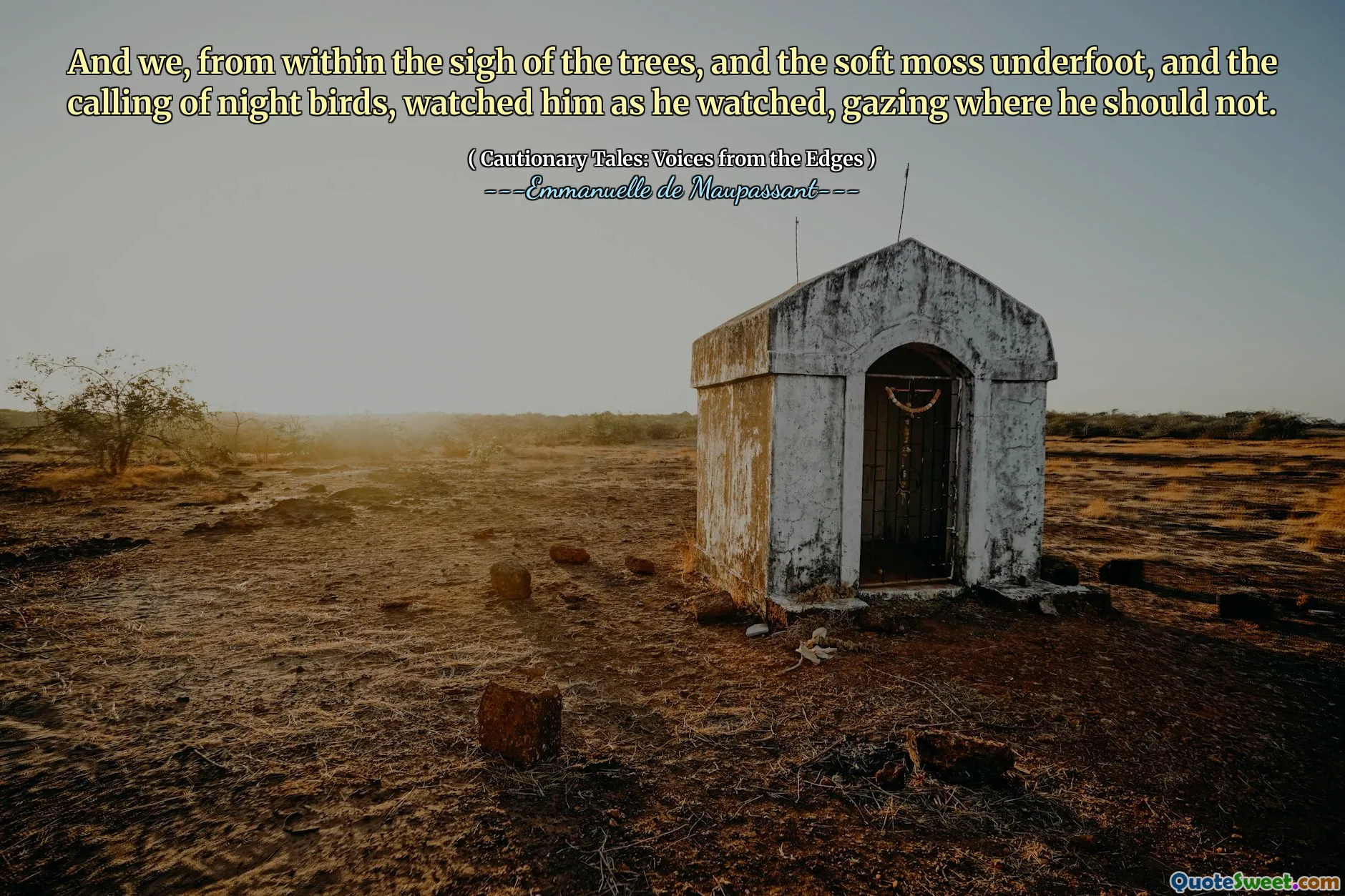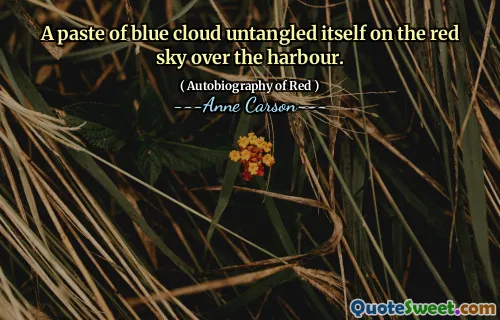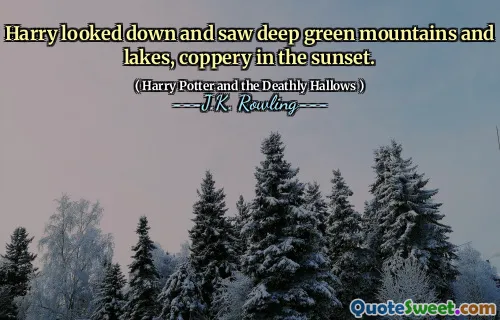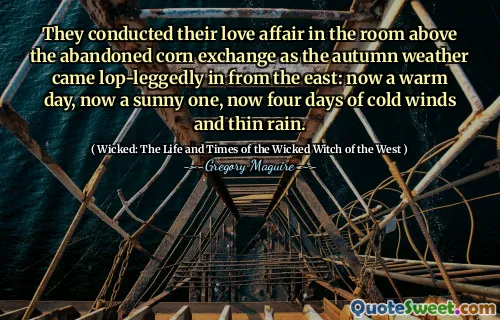
And we, from within the sigh of the trees, and the soft moss underfoot, and the calling of night birds, watched him as he watched, gazing where he should not.
This quote captures a deeply atmospheric moment, brimming with a sense of quiet observation and implicit tension. The use of natural imagery—the sigh of the trees, the soft moss, the calls of night birds—immerses the reader in a serene, almost mystical environment. This setting contrasts sharply with the act of watching and being watched, which inherently introduces unease or curiosity into the scene. The phrase "gazing where he should not" implies a crossing of boundaries, both literal and metaphorical, evoking themes of surveillance, forbidden knowledge, or intrusion. It invites readers to reflect on the tension between the observer and the observed, and how the natural world intertwines with human action and consequence.
The quote also evokes a sense of collective consciousness or shared experience. The use of "we" suggests a group or community from within nature itself, silently witnessing another’s gaze, emphasizing interconnectedness and the subtle ways environments can bear witness to human deeds. This framing aligns well with cautionary narratives where nature acts as sentinel or moral compass, silently condemning or restricting human curiosity or transgression.
Overall, this passage invites an exploration of boundaries—not just physical but ethical or existential. It challenges the reader to ponder what lies beyond permitted observation and the consequences that may follow. The beautiful yet haunting portrayal of nature as both observer and participant enriches the thematic complexity, enhancing the mysterious and cautionary tone of the quote.





